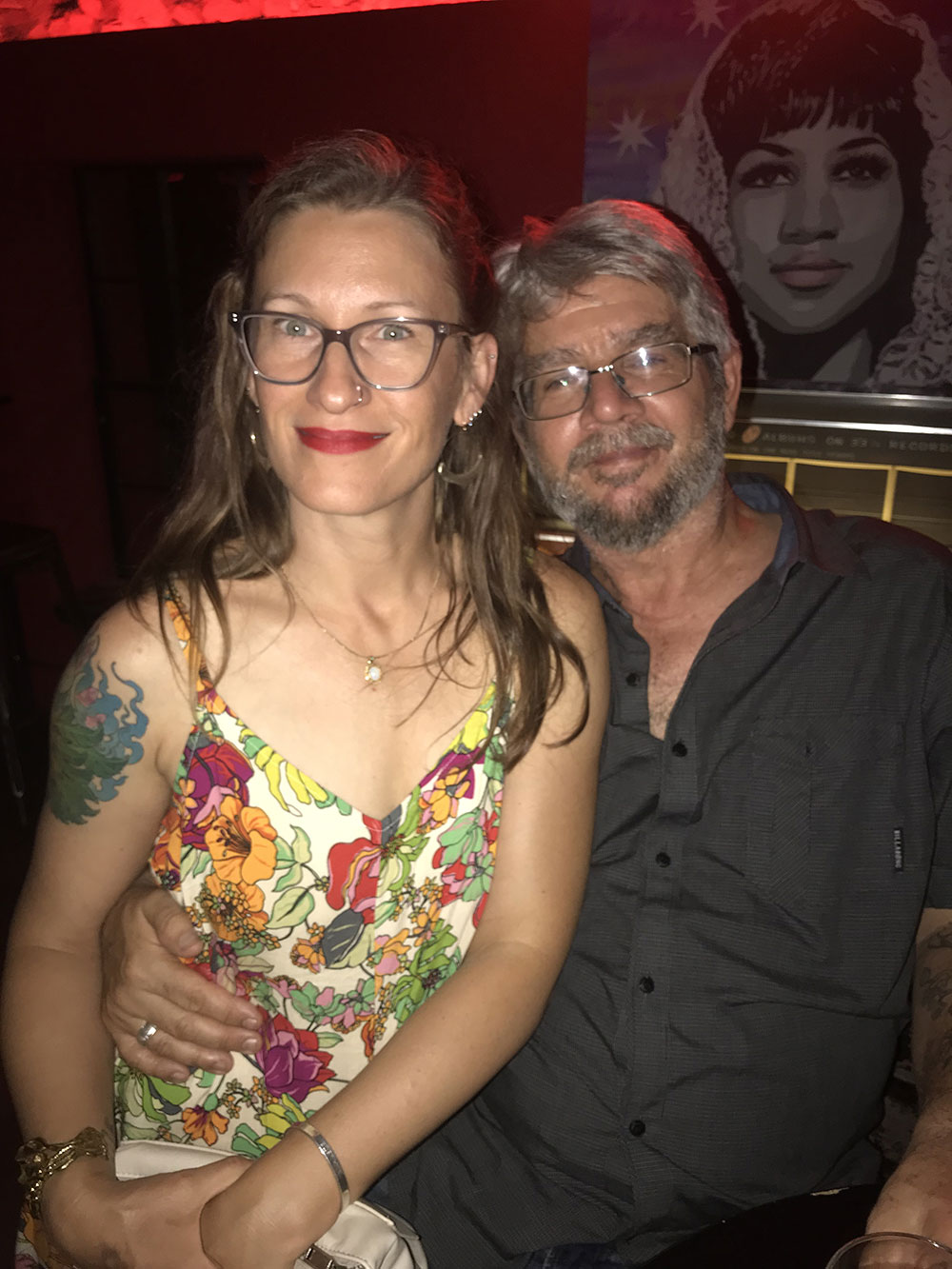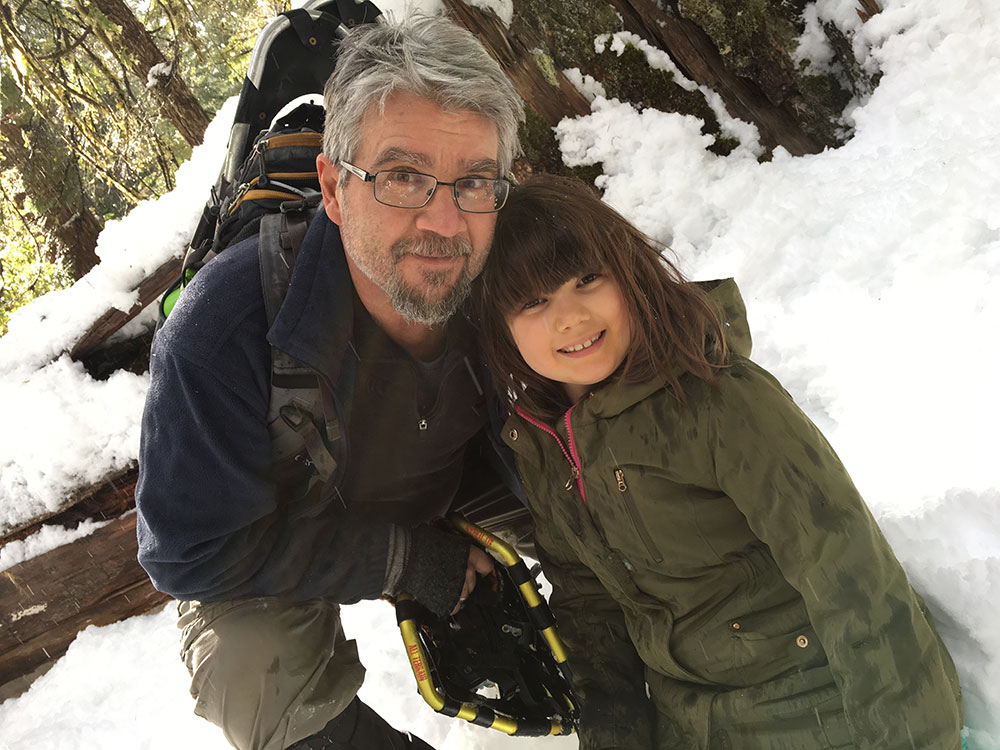Heather Griffin, a Seattle-based school teacher, and a mom of three (including twins!) shares her insights on Seattle Public Schools and her mom journey, moments of Zen and moments of chaos. She also elaborates on her unique family dynamics – her husband is a stay-at-home dad.

“There is an opportunity gap for students of color. To solve this, we need to continue to work on racial equity issues across the district. We need teachers to commit to working on implicit biases. We need schools and the district office to look at policies through an equity lens. We need even more family and community engagement. We need ethnic studies for every age group, in every class. And, we need privileged White families to understand that equalizing resources and improving experiences for students of color and students from lower-income situations benefits ALL of us.”- Heather Griffin, teacher, Seattle Public Schools
Tell us a little about your background. Where were you born, where all did you live?
I was born in Austin, Texas, in 1974. I go back every year to visit family. Austin has changed so much, but it will always be my hometown.
My family had a short stint in the Bay Area, Fremont, when I was in middle school, but we lived in Texas before and after that. I went to Texas Woman’s University and The University of Austin in Texas for my undergrad and then moved to Germany for a year to be an au pair and travel. I moved to Seattle for the first time in 2001, right after 9/11. I came back to Austin for a couple of years, got my teaching certification, and then decided to move back to Seattle. I’ve been here ever since January 2006.
How long have you been teaching? Elaborate where all you taught and which grades.
I’ve been teaching high school English since 2006. I spent the first six years teaching at West Seattle High School, and I’ve been at Chief Sealth International High School for eight years. I’ve taught 9th, 10th, and 11th grades.
What inspired you to pursue teaching?
I did not start out with teaching in mind, at least not at any level lower than college. I got my undergrad–double major–in English and German. Spent a year in Germany, then came back and became a Massage Therapist. I did that for seven years. In 2005, I had the opportunity to co-teach with a friend at a small private high school in Austin. We had a tiny group of kids and taught German. I loved the experience of working with young people and helping them figure things out. I was hooked, so I made the decision to go back to school and get my teacher certification. I started the program as a Masters of Education but decided to move back to Seattle before the Masters was finished. With a certification in hand, I got settled in Seattle, found a job, and started looking around for a Master’s program to finish. The first couple of years of teaching are incredibly difficult. Teachers are most likely to leave the profession within the first five years. As I looked for a Master’s program in those first couple of years, I found myself looking for a program that would give me another option in case I decided not to stick with teaching. As a result, I chose Antioch’s Whole Systems Design program, within the (now-defunct) Center for Creative Change. This program was life-changing. I learned about systems thinking and change dynamics within organizations and human systems. Instead of feeling I had another option so I could leave teaching, I gained a new lens for thinking about teaching and change within the classroom, the school, the district, and beyond. Fourteen years in, and I don’t think I’m leaving this profession.
Is it challenging to teach high school kids?
Definitely. I think it is probably challenging teaching any age group, including adults. And every person has their age group that they are good with. What I like about teenagers is their energy and insight. At their age, they are figuring out who they are and where they fit in to the world. They can think deeply about the world, and they are on the cutting edge of what’s new. Never a dull moment! There are challenges: phones! We all have to figure out how to use those judiciously. I have to be absolutely authentic–teenagers have no patience for anyone being fake or hypocritical. The best way to get along is to be as authentic as possible. I’ve done a lot of work to clarify my values and my positionality as a teacher.
Tell us some memorable moments you’ve had with your students (can be funny or sweet or embarrassing)
Funny and sweet: One year I hosted an after-school movie club for some students. One afternoon, I left for a meeting and came back to find all of my books turned spines back–so all you could see were page edges. Another day, they hid red plastic cups all around the room. I was finding those for months. We had a good laugh every time one showed up. Humor is key!
Growth opportunity: I mentioned before that I work on my positionality as a teacher constantly. As a white teacher, I’ve been socialized in a system chock full of implicit bias, discrimination, and racist policies and structures. I have implicit biases that I cannot help, but am obligated to learn to recognize and counteract so I don’t harm my students. Sometimes my students help me identify those, and it isn’t always pretty, but I am committed to, again–it’s all about being authentic, responding with gratitude, humility, and honesty, and moving forward to do better. So, one year I had a Latino student from Nicaragua, who was particularly willing to help me with this. We learned a lot together that year.
What are your comments on the public school system in Seattle? What’s great, what’s lacking. And what needs to be done to make it better.
Seattle Schools is a large public school system, with widely disparate experiences across the district. Mostly I think the system can provide an excellent educational experience. However, there is an opportunity gap for students of color. To solve this, we need to continue to work on racial equity issues across the district. We need teachers to commit to working on implicit biases. We need schools and the district office to look at policies through an equity lens. We need even more family and community engagement. We need ethnic studies for every age group, in every class. And, we need privileged White families to understand that equalizing resources and improving experiences for students of color and students from lower-income situations benefits ALL of us.
You are a mom too. Tell us a little about your mom journey, your moments of chaos, moments of struggle and moments of Zen. How do you find calm amidst chaos?
Well, I always said I didn’t want to have children of my own. I liked the village thing and wanted to be an auntie to other people’s kids–I love kids! However, the universe had different designs for me. A few weeks after our wedding, my husband and I found out that I was pregnant. It was quite a shock to the system, as I was thirty-six and he was fifty and had a grown daughter. However, we quickly adjusted our expectations (there’s a moment of Zen!) and embraced the new life we had discovered. A week later, another shock dropped in our lives when we discovered that new life was TWO! When we found it was twins, we just laughed and laughed. Because really, what else are you going to do? We laughed, a little crazily, for hours as we processed this news. Despite not having chosen this path, I LOVE being a mom. What a gift to share life with these two amazing little beings, who are eight now.
Moments of chaos are many with baby twins. My husband and I had to be a strong team and always manage our expectations. Being flexible and willing to change plans is the only way to survive. I find peace in late nights. When everyone else is asleep and I am alone, I recharge. Once the kids had grown up a bit, I found time to dance again. Dance is so amazing for getting us out of our brains and into our bodies.
Your husband is a stay-at-home dad. Tell us a little more about that. I have mad respect for him! How is that perceived generally by people? It’s a very interesting family dynamic.
When we met, my husband had had his own landscaping/construction business for years. For reasons I won’t go into here (that’s another story), he was in a period of transition. When I had to go back to work, we decided together that he would be the stay at home dad. Financially, putting two babies in care would have required both of us working a LOT. This way, we had more time together as a family. It also supported my career, as I didn’t have to miss as much work for sick kids and such. When the kids got a little older and started going to preschool, it freed him up a bit to take on projects here and there. Now that they are in school, he actually works for himself a lot, but still has the flexibility to pick a sick kid up from school or go on a field trip. He has been on the PTSA (Parent Teacher Student Association) board at their school. I love it because he knows a lot of the other parents and staff at the kids’ school, which helps me feel connected. And, since we bought our house in South Park, this flexibility has meant he knows a lot of our neighbors and a lot about what happens in our neighborhood. Another way I feel more connected to the communities we are in is because of his role.
Generally, people take it in stride and think it’s great that he does this. I’ve never known anyone to question it. He also does most of the cooking! I am so fortunate. 🙂

school teacher, school teacher, school teacher, school teacher
